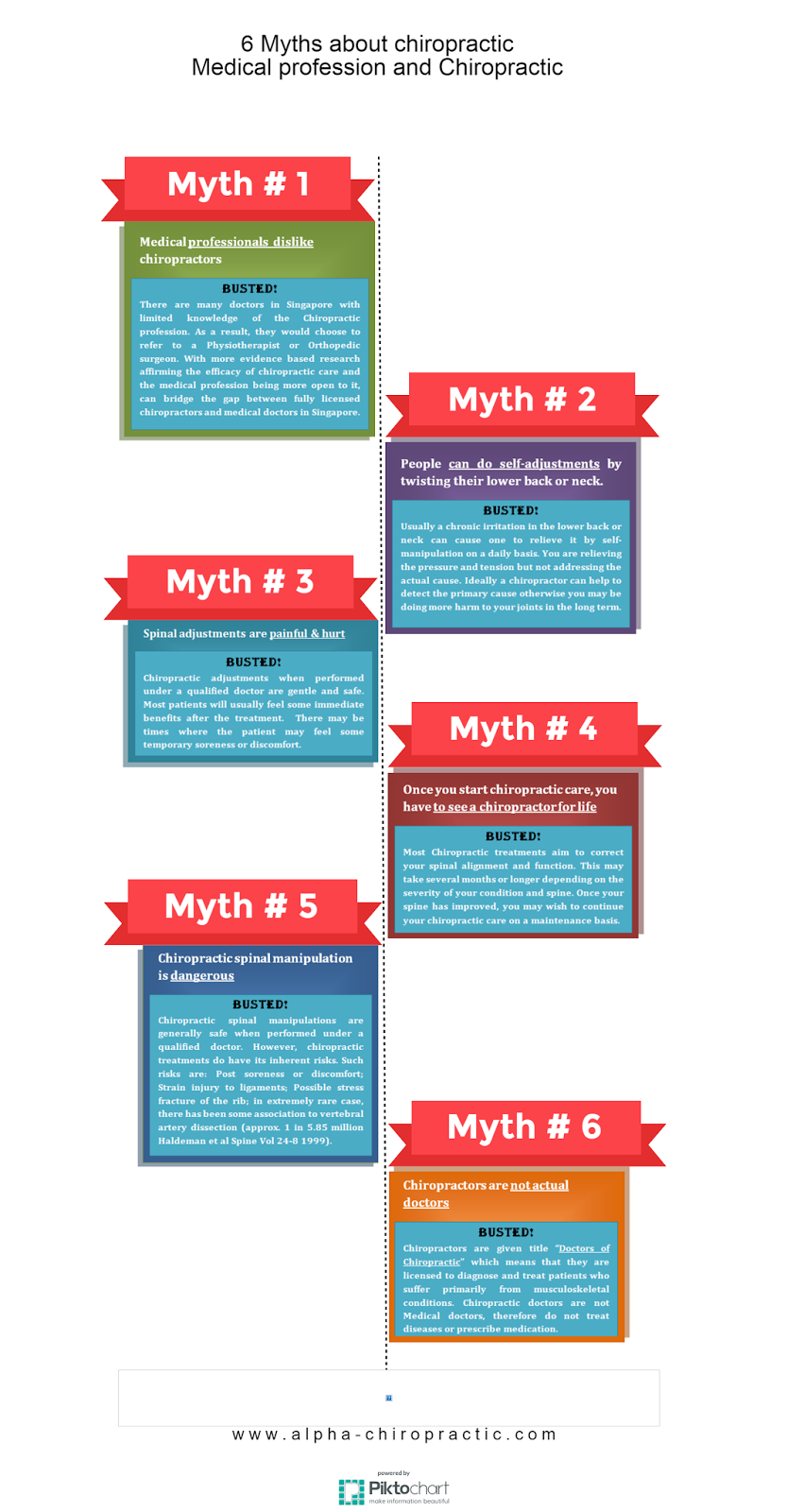The Relationship In Between Pose And Back Pain: Approaches For Preserving Appropriate Alignment Throughout The Day
The Relationship In Between Pose And Back Pain: Approaches For Preserving Appropriate Alignment Throughout The Day
Blog Article
Authored By-Ibrahim Rollins
Preserving appropriate posture isn't nearly staying up directly; it's about aligning your body in a manner that supports your back and lowers the risk of pain in the back. The means you rest, stand, and move throughout the day can dramatically affect your back health and wellness. However just how precisely can you guarantee excellent alignment regularly, also throughout busy days full of numerous activities? Let's dig deeper right into the refined yet impactful changes you can make to your day-to-day regimen to keep your back satisfied and healthy.
Significance of Proper Posture
Proper pose is essential in preserving a healthy and balanced back and avoiding pain. When you rest or stand with excellent pose, your spinal column remains in placement, reducing stress on your muscular tissues, tendons, and joints. This alignment allows the body to distribute weight uniformly, protecting against too much stress on particular areas that can lead to pain and pain. By maintaining your spine properly lined up, you can also improve your breathing and digestion, as slouching can press body organs and limit their performance.
Additionally, maintaining good stance can boost your general appearance and positive self-image. When you stand tall with your shoulders back and head held high, you emanate self-confidence and show up even more friendly. Great pose can additionally make you really feel much more energized and sharp, as it advertises correct blood flow and permits your muscles to function successfully.
Incorporating correct pose right into your daily regimen, whether sitting at a workdesk, walking, or working out, is necessary for protecting against back pain and advertising general wellness. Keep in mind, a little change in just how you hold on your own can make a considerable distinction in exactly how you feel and operate throughout the day.
Common Postural Mistakes
When it involves maintaining good posture, lots of people unknowingly make typical blunders that can add to back pain and discomfort. One of one of the most prevalent mistakes is slumping over or hunching over while resting or standing. This placement places extreme strain on the back and can lead to muscle mass imbalances and pain in the long run.
One more common error is overarching the reduced back, which can flatten the natural curve of the spine and create discomfort. In addition, going across legs while resting might really feel comfortable, but it can create an imbalance in the hips and pelvis, bring about postural concerns.
Using a pillow that's also soft or too firm while sleeping can also influence your placement and add to pain in the back. Last but not least, regularly craning your neck to take a look at screens or readjusting your setting frequently can stress the neck and shoulders. Being mindful of these common postural errors can aid you preserve far better alignment and minimize the danger of pain in the back.
Tips for Correcting Alignment
To improve your placement and reduce back pain, it's essential to focus on making small changes throughout your day-to-day routine. Start by bearing in mind your position. When resting, guarantee https://www.healthline.com/health/medicare/does-medicare-cover-chiropractic are flat on the floor, your back is straight, and your shoulders are kicked back. Avoid slouching or leaning to one side. Usage ergonomic chairs or pillows to support your lower back.
When standing, disperse your weight uniformly on both feet, keep your knees slightly curved, and embed your pelvis. Engage your core muscle mass to support your back. Take breaks to stretch and walk if you have a sedentary job. Integrate workouts that enhance your core and back muscular tissues, such as planks or bridges.
While resting, make use of a cushion that supports the natural contour of your neck to maintain correct spinal alignment. Avoid sleeping on your belly, as it can strain your neck and back. By being mindful of these suggestions and making small adjustments, you can gradually correct your positioning and ease pain in the back.
schram's
Keep in mind, keeping excellent pose is vital to avoid neck and back pain and promoting spinal wellness. By bearing in mind your alignment, dispersing weight equally, and engaging your core muscular tissues, you can decrease strain on your back and minimize the risk of discomfort and injury. Incorporate ergonomic support, take normal breaks to stretch, and enhance your core and back muscle mass to preserve proper placement throughout the day. Your back will thanks for it!
